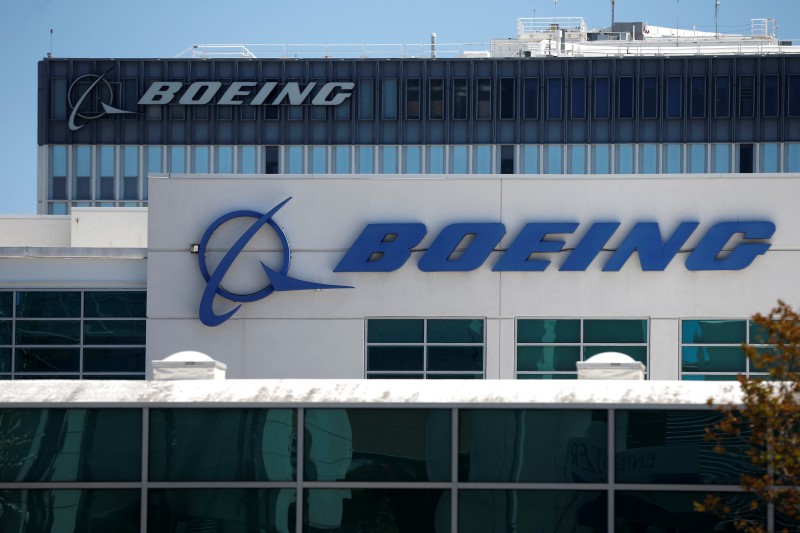Tim Hefer and Lisa Barrington
DUBAI (Reuters) – The next CEO of Boeing (NYSE:) must understand what led to the current crisis and be prepared to look outside for examples of industry best practice, the head of the International Air Transport Association said on Sunday.
US planemaker Boeing is gripped by a massive safety crisis, worsened by the mid-air panel explosion of a nearly new 737 MAX plane in January. CEO Dave Calhoun is due to leave the company by the end of the year as part of a broader personnel shakeup, but Boeing has yet to name a replacement.
“It’s not for me to say who should run Boeing. But I think understanding what went wrong in the past is very important,” IATA Chief Executive Willie Walsh told Reuters TV at an airline conference in Dubai, adding that Boeing was making the right moves.
IATA represents more than 300 airlines, or about 80% of global traffic.
“Our industry benefits from learning from mistakes and sharing those experiences with everyone,” he said, adding that the process should include “acknowledging what went wrong, looking at best practices, looking at what others are doing.” ”
He said it was important that the industry had a culture “where people can feel safe raising their hands and saying things aren’t working the way they should.”
Boeing is facing probes from U.S. regulators, possible prosecution over past actions and falling production of its best-selling 737 MAX plane.
“RIGHT STEPS”
Calhoun, a Boeing board member since 2009 and a former GE executive, was named CEO in 2020 to help turn the plane maker around after two fatal crashes involving the MAX, its best-selling plane.
But the planemaker has lost market share to rival Airbus, with its shares losing nearly 32% of their value this year as MAX production fell sharply this spring.
“The industry is frustrated by the problems that have arisen as a result of the problems faced by Boeing. But personally, I’m glad to see that they’re taking the right steps,” Walsh said.
Delays in the delivery of new planes from Boeing and Airbus are part of broader problems in the aerospace and aircraft maintenance industry’s supply chain, complicating airlines’ growth plans.
Walsh said supply chain problems are not being resolved as quickly as airlines want and could last until 2025 or 2026.
“It may be positive that the situation is not getting worse, but I think this will become a feature of the industry over the next couple of years,” he said.
Earlier this year, IATA brought together a number of airlines and manufacturers to discuss ways to ease the situation, Walsh said.
“We’re trying to ensure there’s open dialogue and honesty between them,” he said.


